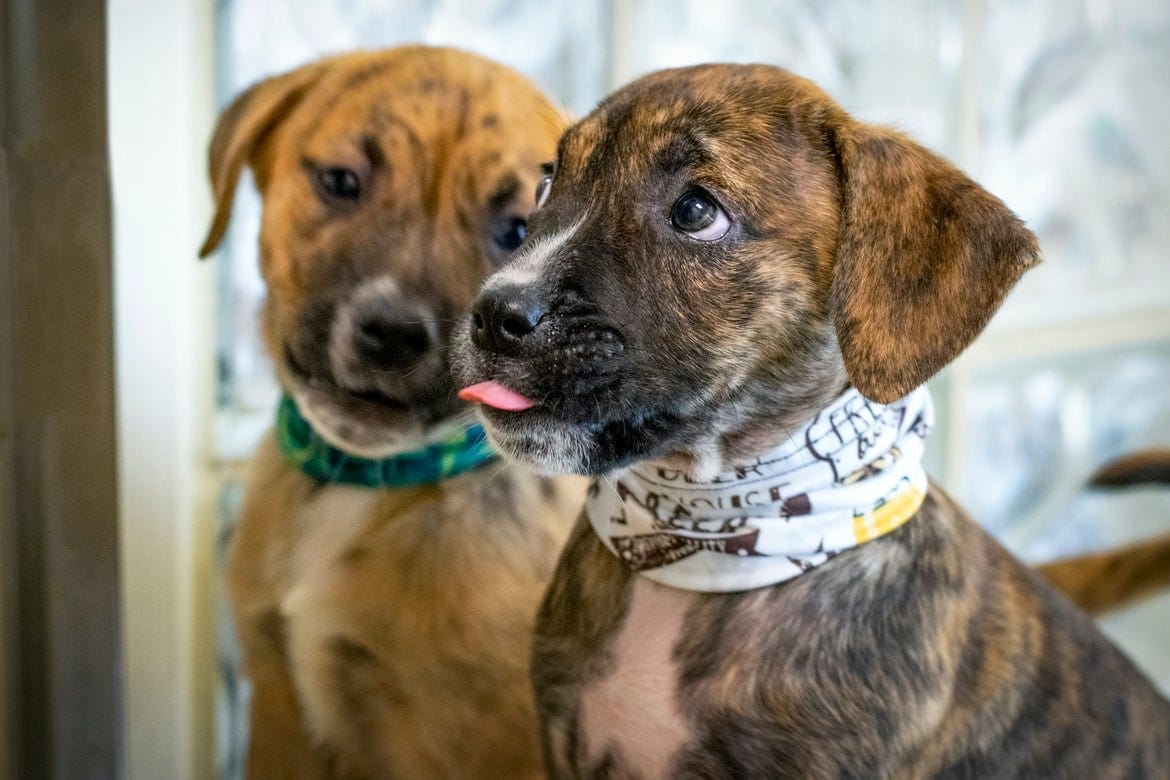Listen above to “A glass half full and half empty” part four of “Yesterday, Today, and Tomorrow: Animal Sheltering in the United States,” a podcast series.
This is Part 4 of a 5-part series Jennifer and I call, “Yesterday, Today, and Tomorrow.” In it, we’ve done a sweep of animal sheltering in the United States. In Part 1, we discussed the founding of our movement in the mid-19th century by Henry Bergh who incorporated the first SPCA and how his vision of a society dedicated to animals – all animals – gave way to a network of humane societies who became the leading killers of dogs and cats in America to the detriment of every other part of their platforms. It was the movement's original sin, a great betrayal which continues to reverberate to this day.
In Part 2, we discussed the internal battles that occurred throughout the 20th century between those who wanted to hold these organizations to a larger animal rights/animal protection mission – goals that included keeping animals in these pounds from ending up in laboratories to be experimented on – and those who viewed the animals in their pounds as a source of desired revenue. By the time Jennifer and I entered the movement in the 1990s, the regressive forces thoroughly won out. But there was hope, as one city recaptured its roots.
In Part 3, we discussed how we moved our family from the San Francisco Bay Area to Western New York so that I could take over as director of an animal control shelter, creating the first No Kill community in the U.S. We then discussed efforts to spread that model nationwide with the founding of The No Kill Advocacy Center.
This is where we find ourselves, as we take stock of where we are now: deaths are at an all-time low, more people are turning to adoption and rescue, older animals in the twilight of their lives are the fastest growing pet demographic in America, geriatric veterinary medicine is extending both the quantity and quality of pet lives, and collectively we’re spending $100B every year on their care. That’s the good news. But, unfortunately, it is not the only news.
As our movement has become more successful, it is also facing increasing threats from vested interests, from corrupting influences, and from pedestrian flaws of human nature. What those threats are and how we can overcome them is the topic to which we turn to in Part 4, but here is just one example. When a Good Samaritan found a dog tied up and abandoned, she tried to take the dog to the Miami-Dade shelter. Pound staff, however, told her to “put [him] back where you found it, and hopefully it'll go back home.”

The City pound “confirms that the shelter has instructed people who find stray animals on the streets to leave them in the area where they discovered them.” They are following the advice of Austin Pets Alive under a program it hatched called, “Human Animal Support Services” (HASS). Despite its name, the model provides very little support to people who find stray dogs. Sometimes it also goes by the name “community sheltering” but that, too, is a euphemism for “no sheltering,” putting the onus on others to do the job they already pay animal shelters to do. Instead, the APA program encourages shelters to close their doors to stray and owner-relinquished animals – or, in their own words, “Intakes of healthy strays and owner surrenders doesn’t exist anymore” and there is “No kennel space for rehoming, stray hold or intake.”
And that is what Miami Dade Animal Services did.
That is also what El Paso Animal Services did with a little dog named Nesa. Following the advice of Austin Pets Alive, the El Paso pound turned the Good Samaritan who found her away and told him to release her back on the street. He did. It turned out she had a microchip and had the pound done its job and offered her safe haven, she would have been reclaimed from the shelter. In response to Nesa’s killing, the city of El Paso canceled the HASS program and Austin Pets Alive quietly scrubbed their name as a partner from their website.

Nesa cannot be rendered invisible. She cannot be thought of as faceless. And she cannot be forgotten because she mattered. And she is not alone – others will share her fate because it is not surprising (indeed it is entirely predictable) that those embracing HASS are some of the most regressive pounds in the country: Miami-Dade, Memphis, and Los Angeles among them.
And why wouldn't they? Austin Pets Alive’s program is not just a dangerous bait and switch, but an existential threat to the No Kill movement and even animal sheltering itself. It is a cynical ploy meant to redefine failure and the abandonment of animals as success and to defy the public’s humane expectation that their tax and philanthropically-funded animal shelters have a moral duty to provide care for the neediest and most vulnerable dogs, cats, and other animal companions in our communities.
As to the dog in Miami, through tears, the finder said, “How am I gonna just put [him] back in the middle of the street? I'm not gonna do that.” Had she followed the cruel tenet of the HASS program, he might have shared Nesa’s fate.
We have indeed come so far, but we still have a long way to go.











